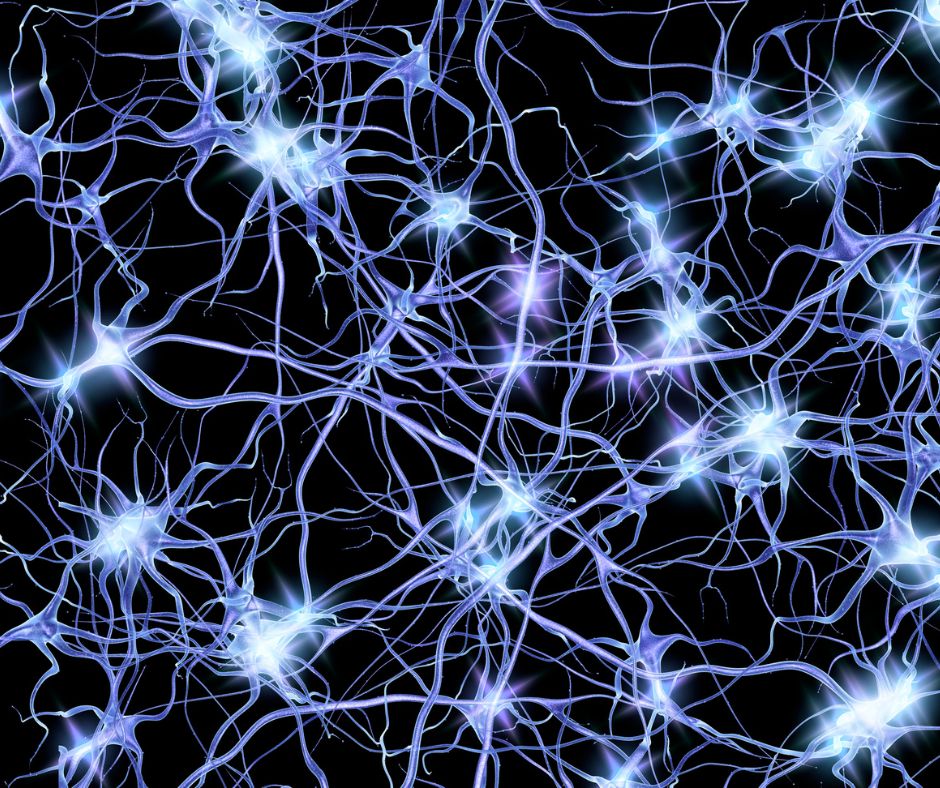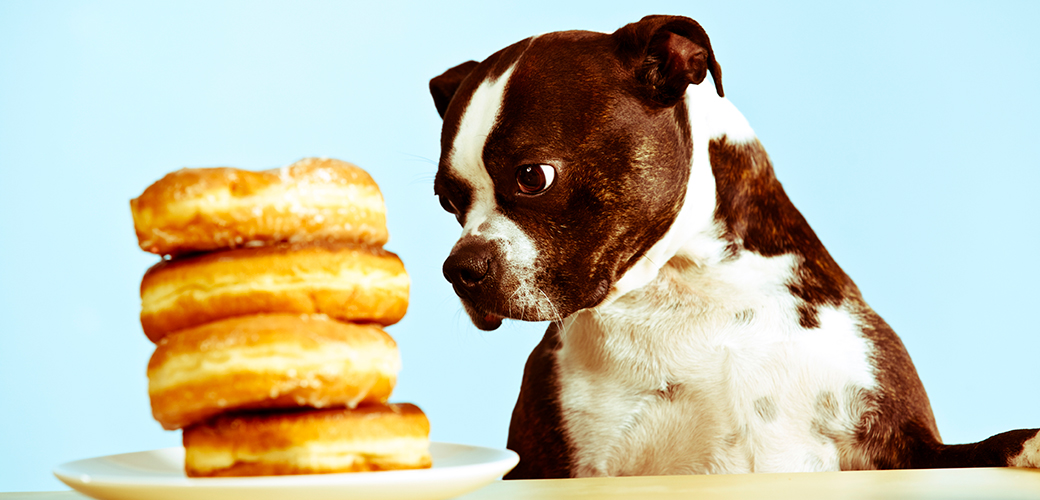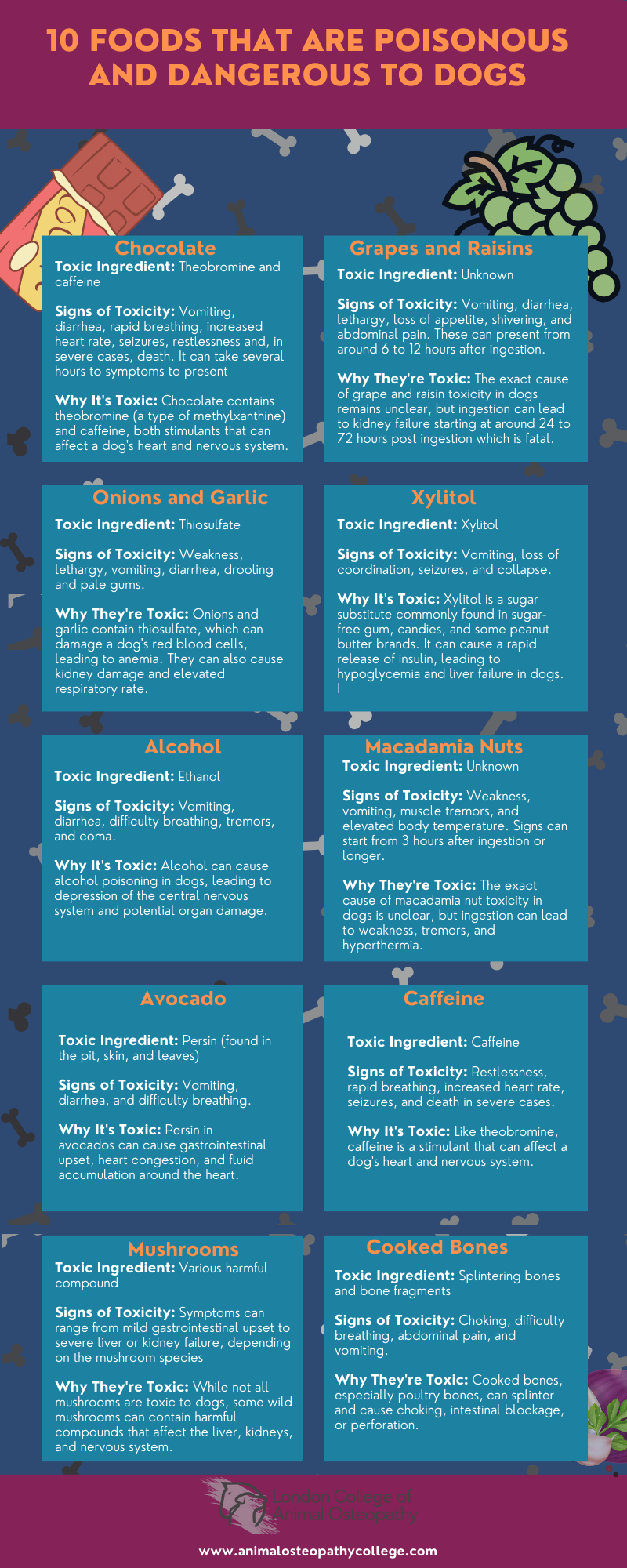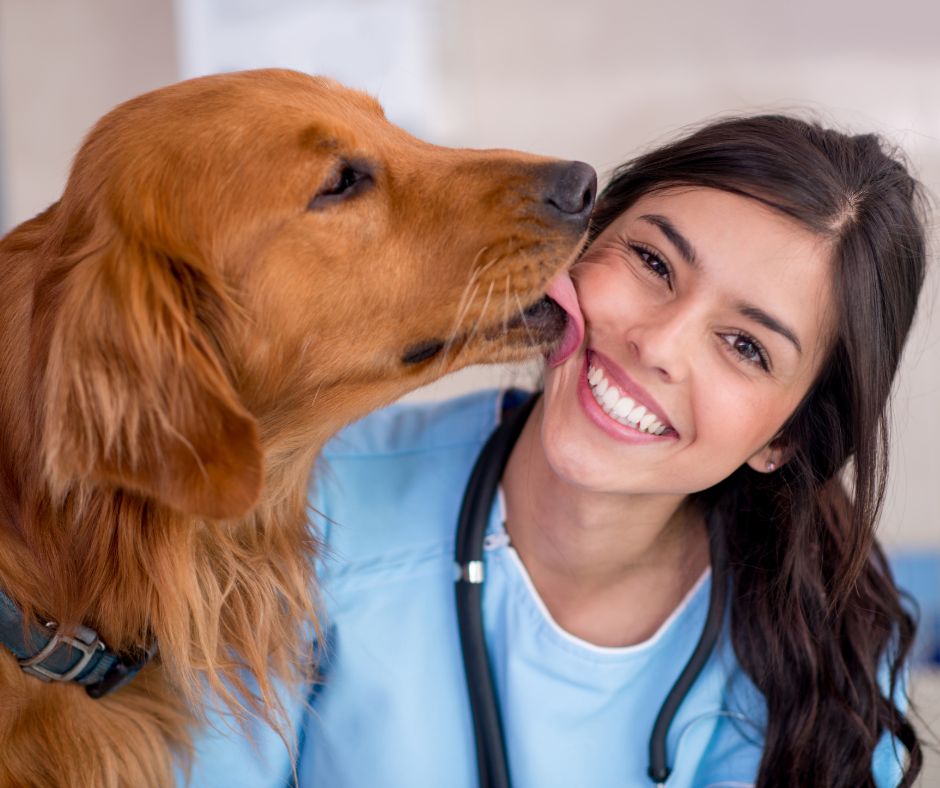Seasonal Horse Care
By Siun Griffin, Veterinary Physiotherapist and LCAO Community Manager
As winter melts away and the warmth of spring emerges, horse owners must transition their care routines to accommodate the changing needs of their equine companions. Springtime heralds new growth, but it also brings forth specific challenges that demand attention and preparation.
From shedding their winter coats to adjusting to lush pastures, horses require meticulous care during this transitional period.
Shedding Management
With the arrival of spring, horses undergo the natural process of shedding their thick winter coats. Regular grooming becomes imperative to help facilitate this shedding process efficiently. Invest in quality grooming tools such as shedding blades, curry combs, and slicker brushes to effectively remove loose hair, dirt, and dander. Pay particular attention to sensitive areas like the belly and under the mane, where winter coats tend to linger stubbornly.
Nutrition Adjustment
As pastures begin to regenerate with fresh grasses and forage, it’s essential to monitor your horse’s diet carefully. Introduce grazing gradually to allow their digestive systems to adjust to the increased moisture and lushness of spring grass.
Sudden changes in diet can predispose horses to gastrointestinal issues like colic or laminitis. Consider consulting with a veterinarian or equine nutritionist to formulate a balanced diet tailored to your horse’s individual needs, especially if they have specific dietary requirements or health concerns.
Parasite Control
Warmer temperatures create an ideal environment for parasites such as worms and ticks to proliferate. Implement a strategic parasite control program that includes regular deworming and tick prevention measures.
Work with your veterinarian to develop a customized deworming schedule based on fecal egg counts and regional parasite prevalence. Additionally, inspect your horse regularly for signs of ticks and promptly remove any parasites to prevent discomfort and potential disease transmission.
Hoof Care
Springtime brings wetter conditions, which can soften hooves and increase susceptibility to bacterial and fungal infections. Maintain a rigorous hoof care regimen, including regular cleaning, trimming, and, if necessary, shoeing.
Monitor for signs of thrush, a common bacterial infection that thrives in damp environments, and treat promptly with appropriate hoof treatments or medications. Ensure that turnout areas are well-drained to minimize prolonged exposure to wet conditions, which can compromise hoof health.
Exercise and Conditioning
After the sedentary months of winter, gradually reintroduce your horse to a consistent exercise regimen to rebuild muscle tone and cardiovascular fitness. Start with low-intensity activities such as walking and gradually increase the duration and intensity of workouts over time.
Incorporate a variety of activities such as lunging, riding, hacking (trail riding), and turnout to engage different muscle groups and prevent boredom. Pay attention to signs of fatigue or discomfort and adjust the exercise routine accordingly to prevent overexertion or injury.
Environmental Safety
Springtime brings its share of environmental hazards, including toxic plants, seasonal allergies, and unpredictable weather patterns. Familiarize yourself with common toxic plants in your area and remove them from pastures and turnout areas to prevent accidental ingestion.
Monitor your horse for signs of allergies such as excessive itching, coughing, or nasal discharge, and consult with a veterinarian for appropriate management strategies. Stay vigilant to changing weather conditions and provide adequate shelter and protection during storms or extreme temperatures.
Dental Care
Regular dental examinations and maintenance are essential for ensuring your horse’s overall health and well-being. Schedule a dental check-up with a qualified equine dentist or veterinarian to address any dental issues such as sharp points, uneven wear, or dental abnormalities. Proper dental care not only promotes efficient chewing and digestion but also helps prevent oral discomfort and associated behavioral problems.
Vaccinations
Depending on where you live, springtime means that certain vaccinations need to be administered. If you are unsure, consult your veterinarian and put in place a vaccination schedule.
Blanket Changes
As the weather warms up, heavy winter blankets are no longer needed. This is a great time to get them cleaned repaired and stored so they are ready for when the cold returns.
Supply Check
Now is a great time to go through your supplies and check if you need anything. Are you out of shampoo? Tail conditioner? Fly spray? First aid supplies? See what’s out or low and stock up for the coming months, so you don’t run out of something important!
Turn Out Areas
Doing springtime maintenance on your fields and fencing is essential. Survey your fencing and repair any damage or weak spots. Post and rail fencing will usually need painting that helps preserve the wood.
Test any electric fencing to ensure it is working properly.
Many people will get their paddocks harrowed and rolled before too much grass growth to get rid of any holes or ruts that can injure horses.
Barn Clean Up
Now is a good time to tackle any jobs inside your barn. Clean out items that are no longer needed. Tackle those cobwebs. Go through the tack, clean it, and get rid of anything that is not safe to use.
Therapists
A springtime visit from your osteopath, physio, chiropractor, or massage therapist is a good addition to a fitness plan if your horse has been off work during the winter months particularly if you plan to go out competing.
Springtime heralds a period of renewal and rejuvenation for both horses and their caretakers. By implementing proactive care strategies and precautions, you can navigate the seasonal transition with confidence, ensuring that your equine companions thrive in the months ahead. Remember that each horse is unique, so tailor your care routine to meet their individual needs and preferences. With diligence and attention to detail, you can enjoy a harmonious partnership with your horse throughout the splendors of spring.




















